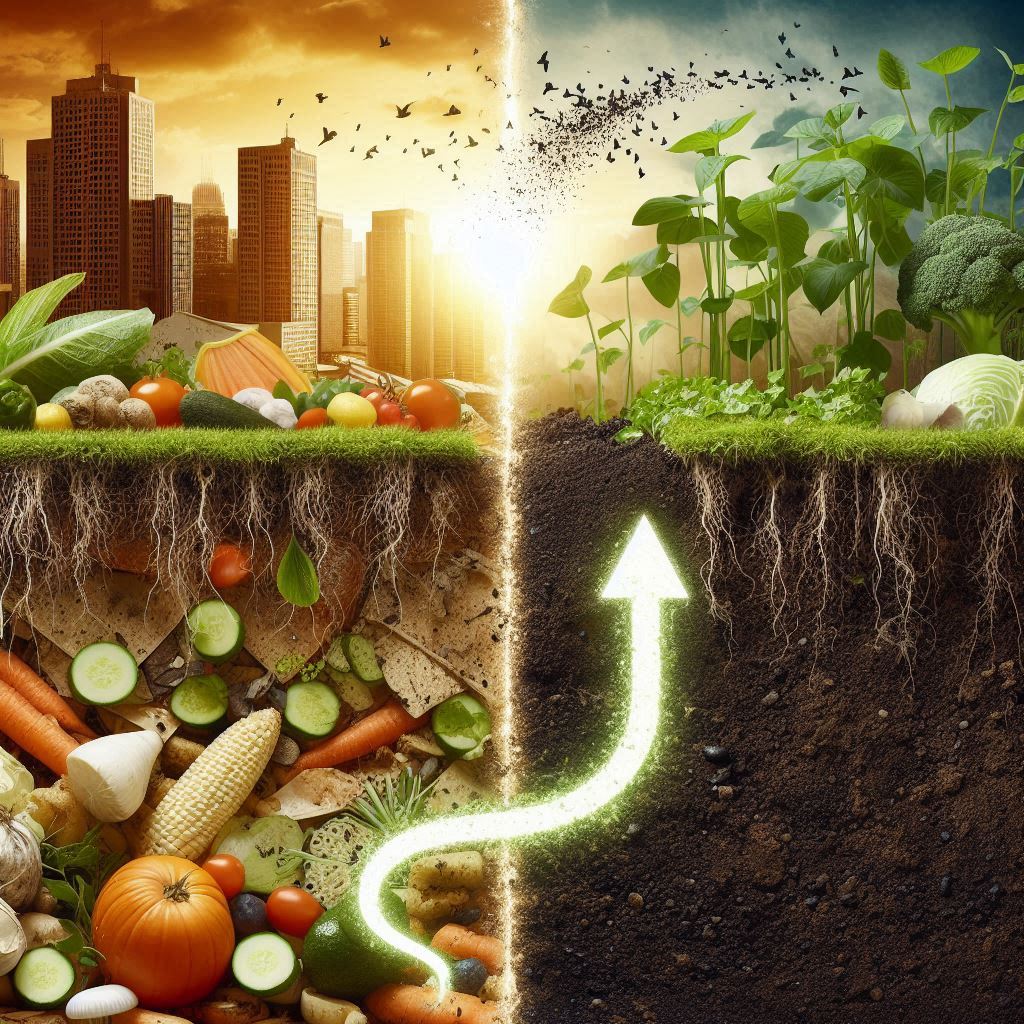The Irish Potato Famine offers powerful insights for today’s regenerative agriculture movement – but not in the way most people think. While land access was central to Ireland’s tragedy, America’s bottlenecks exist at different points in our food system.
As a farmer I met in Texas recently pointed out, Ireland maintained net food exports while a million people starved – not because of technological limitations, but because institutional structures prioritized extraction over resilience. The lesson? Systems matter more than symptoms.
The American Bottleneck Shift
In America today, the bottleneck isn’t primarily land access. As someone who has navigated this landscape, I can attest that acquiring 40 acres at reasonable rates is surprisingly achievable in many regions. What’s truly limiting regenerative scaling are three critical bottlenecks:
- Market Access: Small-scale regenerative farmers face a distribution system designed for industrial agriculture. The most nutrient-dense food often can’t reach the communities that need it most.
- Equipment Access: The crimper rollers, punch tractors, and specialized harvesting equipment needed for no-till regenerative farming remain prohibitively expensive for new farmers.
- Soil Amendment Access: Building healthy soil quickly in degraded landscapes requires amendments – precisely what urban food waste could provide if properly processed.
The Urban Waste Paradox
Here’s where our story connects to Ireland’s tragedy: We’re experiencing systemic failure while surrounded by abundance.
Urban America generates millions of tons of food waste annually – material that could be transformed into soil-building amendments through technologies like HumiSoil. This waste-to-soil pipeline could dramatically accelerate regenerative agriculture while addressing climate change.
Yet this resource remains largely untapped because urban nonprofits have claimed this space as their exclusive territory while narrowly focusing on grocery store rescue. The institutional structure creates artificial scarcity in the midst of abundance – just as Ireland exported food while its people starved.
Beyond Institutional Boundaries
The path forward requires breaking through artificial institutional boundaries. Just as the Irish Land Acts eventually transferred 9 million acres to former tenants without significant technological change, we don’t need new technologies to transform our food system – we need new access pathways.
When farmers gain direct access to urban food waste streams, they can:
- Build soil carbon rapidly without expensive inputs
- Improve water retention in drought-prone regions
- Increase productivity without synthetic fertilizers
- Create climate resilience while producing nutrient-dense food
The Upstream Intervention
What makes this approach powerful is its upstream positioning. Rather than trying to fix the entire food system at once, we can create strategic interventions at specific leverage points – connecting urban waste generators directly with rural regenerators.
This bypasses institutional bottlenecks while creating immediate benefits for both urban and rural communities. It doesn’t require policy change, just practical implementation of connections that institutional structures have artificially prevented.
The Irish Potato Famine teaches us that catastrophes often stem not from technological limitations but from institutional structures that prioritize extraction over resilience. Our food system faces similar structural challenges – but with the right upstream interventions, we can transform these bottlenecks into opportunities for regeneration.
The question isn’t whether we have enough resources to build a regenerative food system. It’s whether we’re willing to bypass the institutional boundaries that keep those resources from flowing where they’re needed most.

